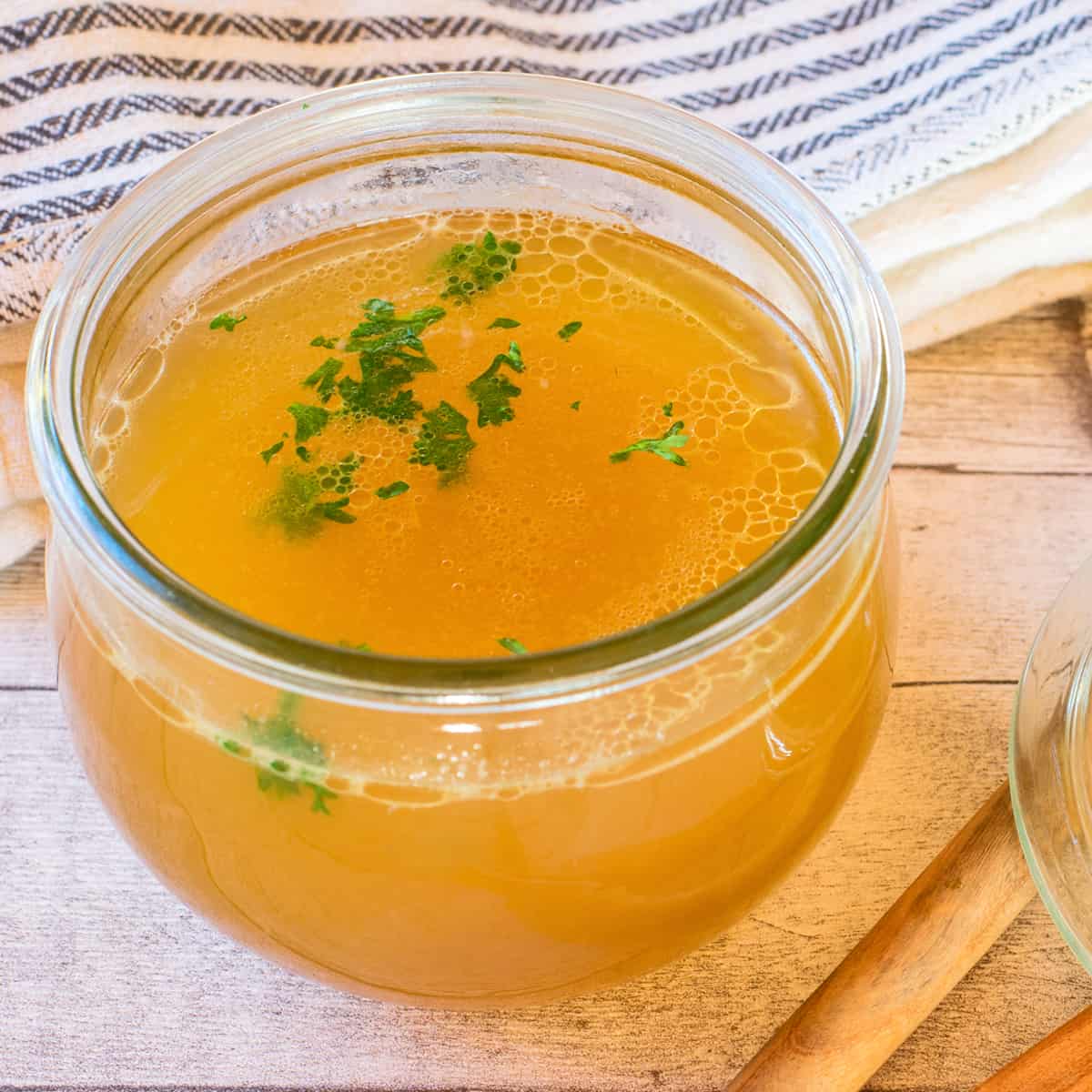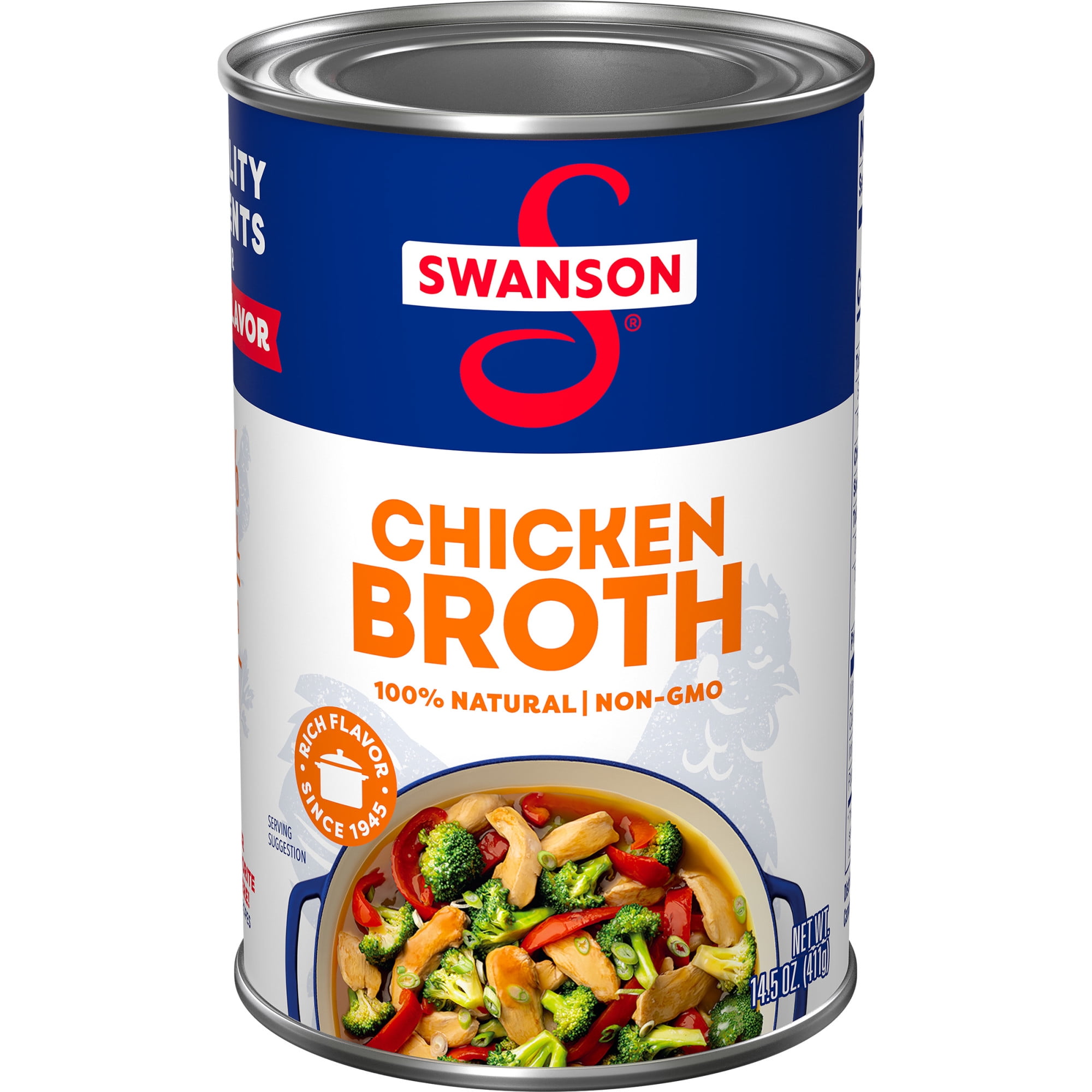How Busy Families in Austin Are Using Organic Bone Broths to Save Time
How Busy Families in Austin Are Using Organic Bone Broths to Save Time
Blog Article
The Ultimate Overview to Taking Pleasure In and making Organic Bone Broths in the house
Bone brew has actually gotten focus for its many health advantages and cooking versatility. Crafting organic bone broth at home permits people to control the quality of components, guaranteeing a nutritious outcome. Comprehending the selection of bones, essential flavor components, and correct cooking techniques is essential. As the process unravels, one may wonder exactly how to boost their broth beyond the basics and incorporate it into daily meals for improved flavor and nutrition.
Recognizing the Wellness Advantages of Bone Broth
Although bone brew has been a staple in different cuisines for centuries, its health and wellness advantages have obtained considerable interest over the last few years. Rich in collagen, amino acids, and minerals, bone brew is usually touted for its prospective to sustain joint health and wellness, boost digestive tract feature, and boost skin elasticity. The gelatin obtained from cooked bones may assist digestion and assistance secure the digestive tract lining, potentially alleviating issues like leaky gut syndrome.Furthermore, the presence of nutrients such as glucosamine and chondroitin may add to lowered swelling and discomfort alleviation in joints. Additionally, bone brew is moistening and can work as a nutritious base for soups and stews. Several proponents also declare that it boosts the body immune system, thanks to its mineral account. Generally, the revival of passion in bone broth is linked to its regarded capacity to promote general wellness and support different physical features.
Selecting the Right Bones for Optimum Taste and Nutrition
What elements should one take into consideration when picking bones for broth prep work? The type of bones used considerably influences both flavor and dietary value. It is important to pick bones that consist of a mix of marrow bones, joint bones, and meaningful bones. Marrow bones supply abundant flavors and healthy fats, while joint bones contribute collagen, boosting the brew's nutritional profile.Additionally, sourcing bones from pasture-raised or grass-fed animals warranties higher quality and more nutrients, as these pets are normally much healthier. The quality of the bones is additionally essential; picking bones from neighborhood butchers or farmers' markets can guarantee excellent flavor. Bone size matters as well; bigger bones launch more gelatin, causing a richer broth. Thinking about the kind of pet-- hen, fish, or beef-- can influence the last preference, permitting for versatile broth choices tailored to specific choices.
Important Components for a Delicious Bone Brew

Quality Bone Selection
The foundation of a tasty bone broth hinges on the mindful choice of top quality bones. Sourcing natural, grass-fed or pasture-raised bones is necessary, as these choices are much more most likely to be without unsafe ingredients and provide exceptional nutrients. Varieties such as poultry, beef, or lamb bones each give unique flavors and health benefits. Bone kinds, consisting of marrow bones, knuckle bones, and oxtails, add gelatin and collagen, improving the brew's appearance. Choosing bones with a mix of meat and connective cells can additionally include richness and depth. Furthermore, choosing bones with noticeable marrow ensures a nutrient-dense brew, elevating the general high quality. Inevitably, investing time in quality bone selection prepares for a tasty and beneficial brew.
Aromatic Taste Enhancers
Selecting top quality bones establishes the phase for a nutritious and abundant bone broth, yet it is the enhancement of fragrant taste boosters that absolutely elevates the meal. Ingredients such as onions, garlic, and carrots not just pass on sweetness but likewise add deepness to the brew. Fresh natural herbs like bay, parsley, and thyme leaves add an aromatic note, while flavors such as black peppercorns and cloves introduce warmth and intricacy. Furthermore, incorporating a dash of apple cider vinegar can help extract minerals from the bones, enhancing the broth. These flavor enhancers produce a harmonious blend, transforming an easy broth right into a savory foundation for soups, sauces, or stews, making it a flexible element in any culinary collection.
Step-by-Step Overview to Making Bone Broth in your home
Developing bone brew in the house can be a satisfying culinary endeavor that improves both flavor and nourishment in various meals. To start, one should choose top notch bones, ideally from organic or grass-fed sources. Roasting the bones at 400 ° F for concerning 30 minutes can intensify the taste. Next off, transfer the baked bones to a large pot or slow-moving stove and cover them with cold water. Adding a sprinkle of vinegar aids remove minerals from the bones.Include fragrant veggies like onions, carrots, and celery for added deepness, along with herbs and seasonings as wanted. Bring the mixture to a boil, then decrease to a simmer. It is vital to let the brew simmer for a minimum of 12 hours, however longer is more effective for maximum richness. Pressure the broth with a fine-mesh filter and store it in airtight containers, ready to raise meals with its nourishing significance.
Tips for Refining Your Bone Brew Simmer
While simmering bone broth, keeping the appropriate temperature and timing is crucial for attaining a tasty and abundant outcome. A gentle simmer, ideally between 190 ° F and 210 ° F, aids extract optimum nutrients and tastes without steaming, which can make the brew cloudy. It is a good idea to keep track of the pot very closely, changing the warmth as essential to keep this simmer.Timing is additionally important; a longer simmer, generally varying from 12 to 2 days, allows for deeper taste removal and collagen release. For poultry bones, a 12 to 24-hour simmer is sufficient, while beef bones take advantage of longer food preparation times.Additionally, skimming off any type of foam or contaminations that increase to the surface area throughout the very first couple of hours can enhance the brew's quality and taste. Finally, ensuring the pot is covered throughout simmering aids to retain dampness and magnify the tastes, making for a more image source satisfying output.
Creative Ways to Use Bone Brew in Your Food preparation
Integrating bone broth into various recipes raises both flavor and nutritional worth. Cooks and home chefs alike discover that using bone brew as a base for stews and soups improves deepness and splendor, transforming easy dishes right into hearty meals. It can additionally be used in risottos, where the brew replaces water, enabling the grains to absorb its tasty essence.Additionally, bone brew acts as an excellent cooking fluid for grains like quinoa or rice, instilling them with nutrients and taste. For an added twist, it can be made use of in braising meats, resulting in tender, tasty results. Also sauces take advantage of a dash of bone brew, enhancing their preference profile.Moreover, bone broth can be included into healthy smoothies for an unexpected health and wellness increase, providing healthy protein and nutrients without endangering preference. These creative applications why not check here showcase the versatility of bone broth in daily cooking, making it an indispensable kitchen area staple.
Storing and Preserving Your Homemade Bone Brew
Proper storage and conservation of homemade bone brew is crucial for maintaining its flavor and dietary advantages. Freezing methods and refrigeration finest practices play an essential function in extending the brew's life span. Recognizing these techniques can help ensure that the brew stays safe and delicious for future use.

Icing Up Methods Discussed
Freezing strategies are crucial for efficiently storing and preserving home made bone brew, guaranteeing its abundant tastes and nutrients continue to be intact for future usage. To freeze bone brew, it is recommended to let it cool completely prior to moving it to storage space containers. Glass containers, silicone mold and mildews, or sturdy freezer bags appropriate choices. When using jars, leave space at the top for expansion throughout freezing. Portioning the broth into smaller amounts enables very easy thawing and decreases waste. Label containers with the date and contents for simple recognition. For peak top quality, eat the frozen broth within 3 to 6 months - Beef Broth. Thawing can be performed in the refrigerator or by making use of a microwave, making sure that the brew is warmed completely before consumption
Refrigeration Best Practices
While many concentrate on cold as a method of conservation, refrigeration likewise plays a crucial function in keeping homemade bone brew successfully. When cooled down, bone broth must be transferred to closed containers, guaranteeing marginal air exposure to avoid wasting. It is recommended to refrigerate broth within two hours of additional info cooking to keep its top quality. Typically, homemade bone brew can be saved in the refrigerator for up to 5 days. Identifying containers with days can aid track quality. For peak flavor and safety and security, broth must be reheated to a rolling boil before consumption. If longer storage is needed, cold remains an excellent alternative, however appropriate refrigeration methods ensure that bone broth remains healthy and tasty for temporary use.
Frequently Asked Inquiries
Can I Utilize Frozen Bones for Making Bone Brew?
The question of utilizing icy bones for bone brew occurs regularly (Bone Broth Delivery). Specialists agree that frozen bones can be utilized properly, however they should be thawed prior to cooking to ensure perfect flavor and nutrient removal
For How Long Can I Shop Homemade Bone Brew?

Is It Safe to Reheat Bone Brew Multiple Times?
Reheating bone broth numerous times can present safety problems - Organic Bone Broths. Each reheating cycle boosts the danger of bacterial growth. It is recommended to reheat just once and store any kind of leftovers quickly to guarantee safety and security and quality
Can I Add Vegetables to the Broth for Taste?
Adding veggies to broth improves flavor and nutritional value. Usual selections consist of carrots, onions, and celery. The vegetables infuse their essence into the brew, creating a richer and extra savory end product.
What's the very best Way to Defrost Icy Bone Broth?
To defrost frozen bone broth, one can position it in the refrigerator overnight, make use of a microwave on low warm, or submerge the sealed container in cozy water, guaranteeing also thawing without jeopardizing taste or nutrients. It is important to select bones that consist of a mix of marrow bones, joint bones, and weighty bones. Marrow bones offer healthy and balanced fats and rich flavors, while joint bones add collagen, enhancing the broth's nutritional profile.Additionally, sourcing bones from grass-fed or pasture-raised pets guarantees greater quality and more nutrients, as these pets are generally healthier. Bone types, including marrow bones, knuckle bones, and oxtails, contribute gelatin and collagen, enhancing the brew's appearance. Picking top notch bones sets the stage for a nutritious and abundant bone broth, but it is the addition of aromatic taste boosters that really raises the dish. Also sauces profit from a dash of bone broth, enriching their taste profile.Moreover, bone broth can be included right into smoothie mixes for an unforeseen wellness increase, supplying healthy protein and nutrients without jeopardizing preference.
Report this page